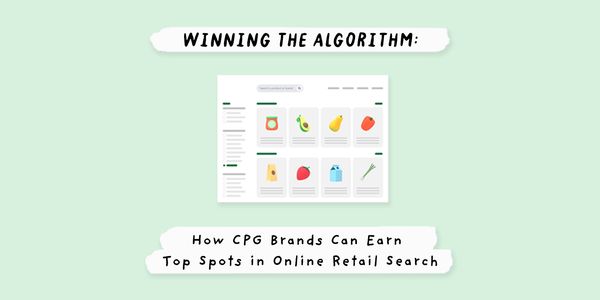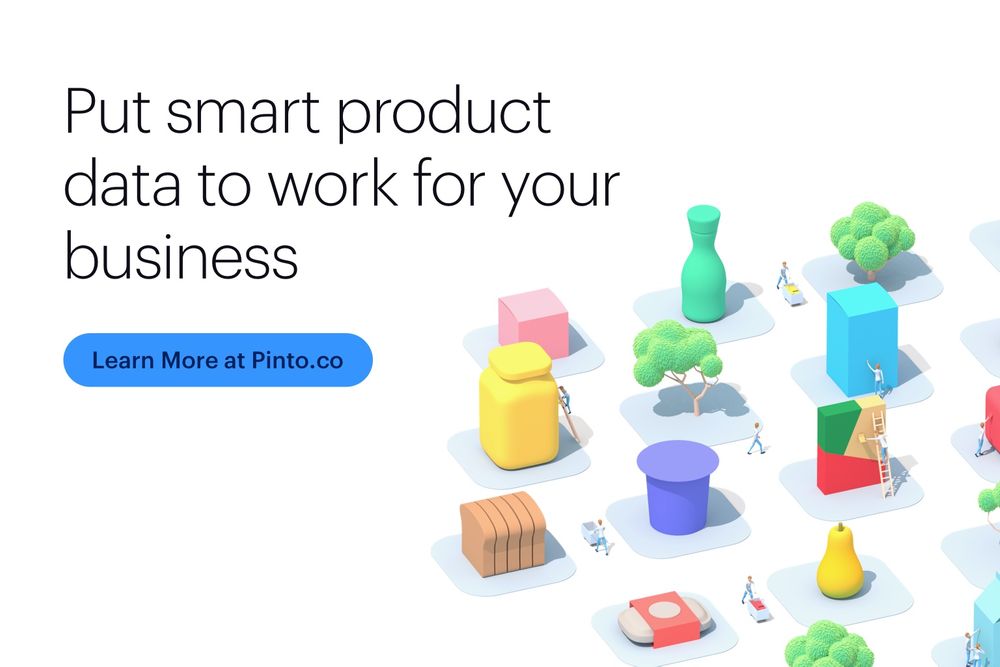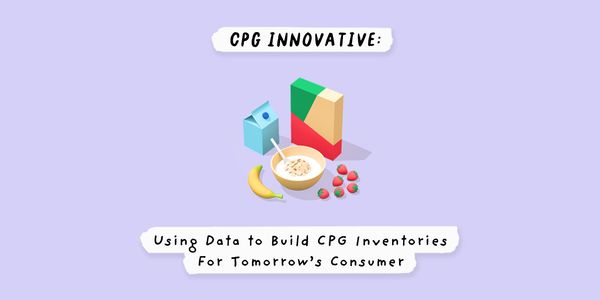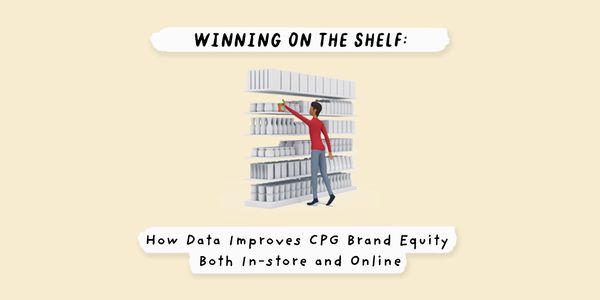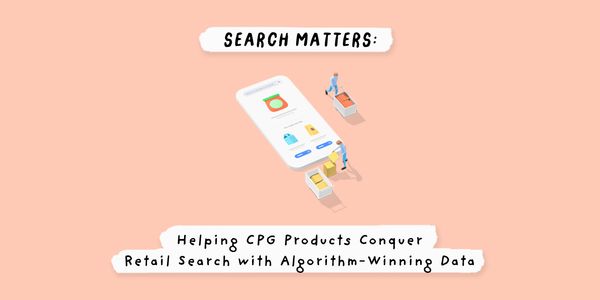A brief look
- With the rise of online shopping, CPG brands have to shift their sales focus from packaging and merchandising to data, algorithms, and search optimization.
- At scale, this is a daunting task, and CPGs need full control over their data in order to optimize this process.
- To win the algorithm, CPG brands need to understand how search works, what attributes are required to rank, and what keywords can be used to drive personalization.
- An effective data management platform can improve CPG visibility in search while offering real-time recommendations to ensure products are always optimized for success.
Dive deeper
43% of consumers now shop for grocery products online, and online grocery sales are expected to double as a portion of retailers’ overall sales by 2025. This represents an entirely new sales world for CPG brands, one that is not dependent on the packaging and shelf placement but rather relies heavily on data, algorithms, and search optimization.
Each retailer’s shopping website has a unique customer experience around narrowing and personalizing inventories to showcase the most relevant products and encourage conversion. This can include preference-based searching such as keto-friendly snacks and vegan meat options, as well as in-store health programs aimed at incentivizing healthy shopping choices.
To stay competitive in a vast online market, CPG brands need to understand each of their retailers’ shopping websites, their consumer experience, and the key components that drive discovery at that experience. At scale, this is a daunting task. Without full control of their data and the ways their products turn up in search, CPG brands are left at the mercy of retail processes and often end up digitally out-of-stock or invisible in search.
Many CPG brands are now turning their efforts towards ‘winning the algorithm’ in order to improve product discoverability and conversions, but this is not the only issue. What is important is the quality of data that retailers are given by CPG brands. If this data is not optimized for the retailer’s needs, properly attributed for consumer search, and regularly updated to promote conversions, it won’t be capable of ‘winning’ top search spots.
What is ‘digitally in stock’ and why does it matter?
Digitally in stock means customers can find your products in online retail searches easily and quickly. Products that are digitally in stock are often ranked higher than those that are not and can be found effortlessly through keyword searches and left-panel navigation. Optimizing this equals to ‘winning the algorithm.’
Higher search rankings mean higher conversions, but competition for the top spots is increasingly difficult. As retailers further leverage personalized aisles and other personalization-driven programs, CPG brands are compelled to optimize their data to meet shopper needs across the long tail of preferences, keywords, and search terms. Products that lack preference-based attributions or contain old, outdated, or incomplete data will not be able to win top search spots and therefore be ‘digitally out-of-stock’ on commerce platforms.
CPG brands should prioritize personalization, data, analytics, and optimizations across retail platforms to ensure products can be found easily, often, and by the right customers. Other tactics, such as SEO for retail search, should be included in ongoing strategies.
How CPGs can win the algorithm
The first step to winning the algorithm is to understand how it works: what are the attributes required to rank, what kinds of search terms and keywords are prioritized? If a product is gluten-free, is it also keto-friendly? Are there other personalization benefits that could be attributed to this SKU?
For example, let’s think back to the customer searching for keto-friendly snacks. They may search for ‘keto-friendly snacks,’ ‘keto crackers,’ ‘keto cookies,’ or even ‘gluten-free snacks.’ If a brand is not optimized for a variety of long-tail keywords, it will lose top search spots to competitors who are ranking with them.
From there, CPGs need to assess their product data and remedy incomplete, limited, or missing data. This can only be done if CPGs clearly understand how retailers are using product attributes, how data is leveraged across categories, and how they can create an easy path to transmit that data to retail and third-party systems that drive these search experiences.
This is almost impossible on a granular level, but a centralized data management platform can give actionable instructions on how to fix product content in order to achieve ‘Smart Data’—full, complete, up-to-date, enriched data. This data can then be managed across retail partners and optimized individually to ensure high performance on every platform.
CPG brands should also keep in mind that these optimizations are not a one-stop shop. To stay at the top of consumer search in the long run, brands need their data to be consistently modified, updated, and curated for each retail platform. With all of this in place, CPGs will start to see improved conversions, better retail relationships, and algorithm-winning search spots that improve their brand power.
Prioritize your data and the rest comes easy
Brands of every size stand to benefit and stand out from the pack by offering consumers rich information about their products. Pinto allows CPG brands full control of their data across retail platforms and promotes complete, accurate, and optimized data for discovery and shopper conversion. Data-backed recommendations give brands insights into how they can better optimize their data to ‘win the algorithm.’ Any changes to retail data requirements are automatically communicated to CPG brands, allowing them to quickly update and modify their products so they never become invisible in search.
As retailers move towards more preference-based and lifestyle-based merchandising programs and shopping experiences, CPG companies with well-attributed product lines will have greater success in standing out from the crowd.
Learn more about Pinto’s latest CPG brand solutions by contacting us.

